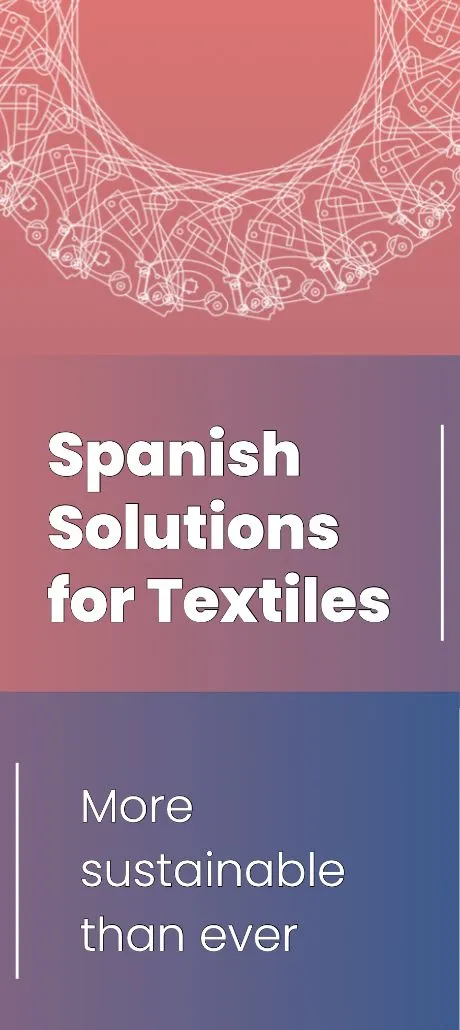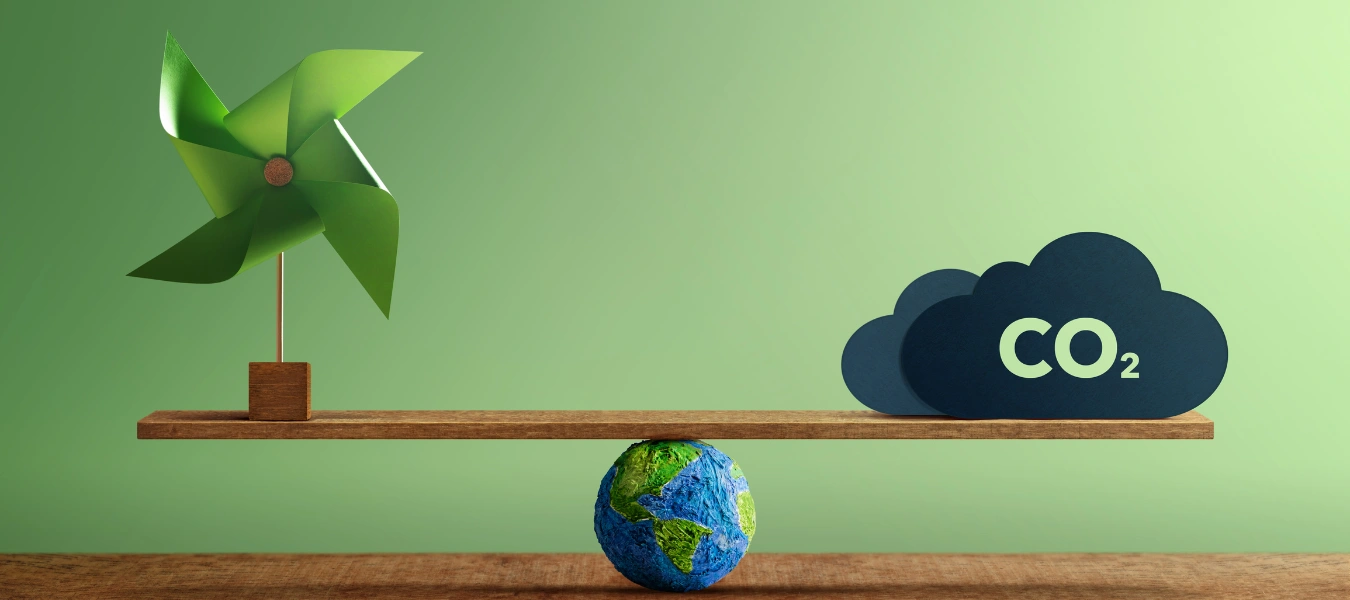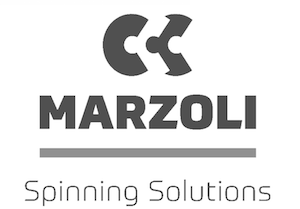As global pressure to reduce industrial carbon emissions intensifies, textile manufacturers are increasingly being evaluated not only on product quality or price—but also on energy intensity and environmental footprint. For manufacturers in the Middle East, where energy subsidies and high temperatures often shape production economics, the path to decarbonization demands region-specific strategies. This article explores how the technical and strategic dimensions of energy efficiency in textile production, highlighting real-world solutions , can support practical transitions toward low-carbon manufacturing…
Introduction
The textile industry accounts for approximately 6–8% of global greenhouse gas emissions, making it one of the most energy-intensive sectors in the global economy. From spinning and weaving to dyeing and finishing, each stage of textile production is highly dependent on thermal and electrical energy—much of which is still generated from fossil fuels.
In the Middle East, where oil and gas resources have historically subsidized industrial growth, manufacturers are now navigating a complex reality: global buyers and regulators are demanding lower Scope 1 and Scope 2 emissions, even from regions with carbon-intensive energy matrices. Furthermore, new carbon border adjustment mechanisms, such as the EU’s CBAM (Carbon Border Adjustment Mechanism), will directly affect textile exporters who cannot demonstrate carbon transparency or reduction plans.
This raises a critical question for regional manufacturers: How can textile operations reduce energy consumption and emissions while remaining economically competitive and operationally viable? The answer lies in adopting both process-level energy efficiency and systems-level decarbonization—backed by technical insight and access to proven global solutions.
Understanding the Energy Footprint in Textiles
The majority of energy in textile production is consumed in thermal processes—particularly dyeing, drying, and finishing—which often operate at sub-optimal efficiency. Key pain points include:
- Low-efficiency steam generation with outdated boilers
- Heat loss in uninsulated piping and stenters
- Inefficient motor systems and compressed air leaks
- Overuse of water and chemicals, increasing energy demand for treatment and disposal
According to data from The Journal of Industrial Ecology (2023), improving energy efficiency in dyeing and finishing alone can reduce emissions by up to 30% per kg of fabric produced. Additionally, motor upgrades and intelligent control systems can lower electricity use by 10–15% in spinning and weaving.
Middle Eastern Context: Barriers and Enablers
While energy access is not a limiting factor in most Middle Eastern textile hubs, energy cost structures and regulatory frameworks are changing. Countries like Saudi Arabia and the UAE are rolling back industrial subsidies and introducing green industry incentives. However, there remain significant barriers to decarbonization, including:
- Lack of region-specific benchmarks for textile energy use
- Limited availability of retrofit technologies in local markets
- Capital constraints in small and mid-sized enterprises (SMEs)
- Shortage of technical training in energy audits and optimization
Despite these challenges, there is growing momentum. Egypt’s 2030 Sustainable Development Strategy, Turkey’s Green Deal Action Plan, and the UAE’s Net Zero 2050 strategy are aligning policy with climate-conscious manufacturing. Textile manufacturers have a unique window to invest in energy-smart machinery and operational upgrades before such measures become mandatory.
How ITMA ASIA + CITME Singapore 2025 Supports Decarbonization
As the largest textile technology exhibition in Asia, ITMA ASIA + CITME Singapore 2025 offers a direct, efficient gateway to energy-saving innovations for regional manufacturers. Here’s how:
Access to Retrofit Solutions
From heat recovery systems to smart sensors for stenter optimization, manufacturers can examine live demos of affordable add-ons to existing machinery—critical for SME transformation without full capital overhauls.
Comparison of Energy-Efficient Equipment
Boiler alternatives, low-liquor dyeing machines, and advanced drying technologies (e.g., radio-frequency drying) are presented side-by-side with technical support from developers and R&D teams.
Integrated Digital Platforms
New digital MES (Manufacturing Execution Systems) that monitor energy use in real time, flag anomalies, and create audit trails for sustainability reporting will be on display—allowing factory engineers to plan full-facility optimization.
Global Collaboration Opportunities
Middle Eastern visitors can engage directly with technology providers, EPC firms, and sustainability consultants to discuss tailored implementation strategies in the region’s unique climatic and regulatory environments.
Scientific Rationale and ROI
Studies in Renewable & Sustainable Energy Reviews and Resources, Conservation and Recycling highlight that the payback period for most textile energy retrofits ranges from 1.5 to 3.5 years, especially when paired with smart monitoring. Even non-energy benefits—such as improved product quality, reduced rework, and longer equipment life—add value beyond emissions reduction.
For example:
- Installing a condensate recovery system can yield fuel savings of 10–20%
- Variable frequency drives (VFDs) on fans and motors reduce energy use by up to 40%
- Thermal insulation upgrades have ROI within 1 year in hot-climate countries
Conclusion: Decarbonization as Strategy, Not Sacrifice
Energy efficiency and emission reduction are no longer fringe considerations—they are fast becoming key performance indicators for textile manufacturers worldwide. For the Middle East, where energy economics are shifting and sustainability is rising on the global procurement agenda, proactive investment in low-carbon technologies is both a market necessity and a strategic advantage.
Attending ITMA ASIA + CITME Singapore 2025 offers Middle Eastern manufacturers a rare opportunity to evaluate solutions, compare options, and build the expertise needed to decarbonize at scale—while remaining agile and competitive in the global textile arena.
References
- The Journal of Industrial Ecology (2023)
- Renewable & Sustainable Energy Reviews, Vol. 183 (2024)
- Resources, Conservation and Recycling, Vol. 198 (2025)
- EU Carbon Border Adjustment Mechanism Policy Brief (2024)
- ITMA ASIA + CITME Official Website: www.itmaasiasingapore.com

































